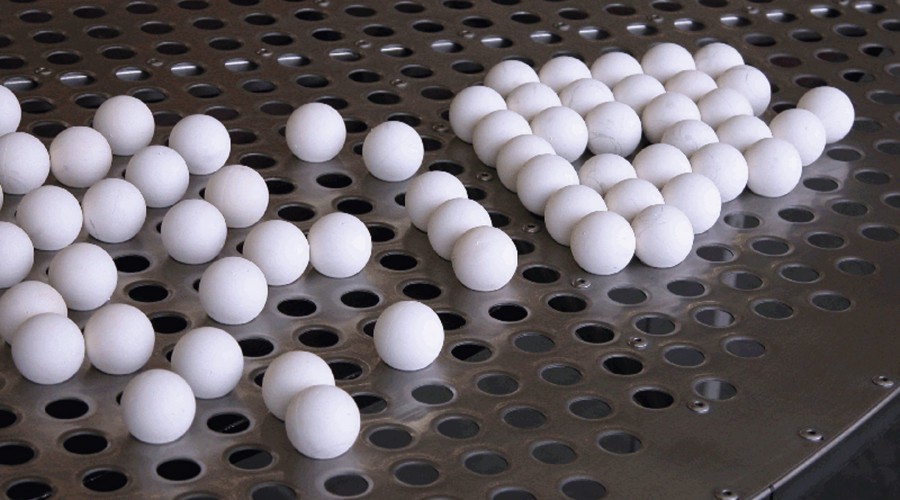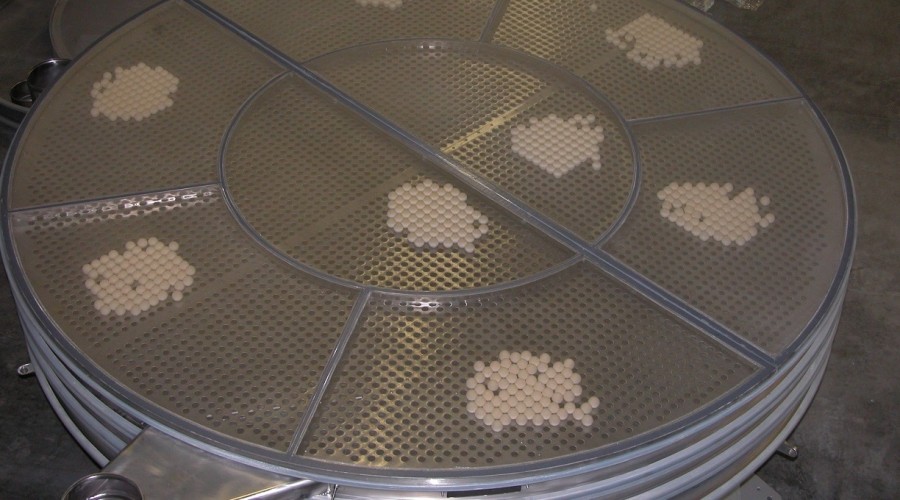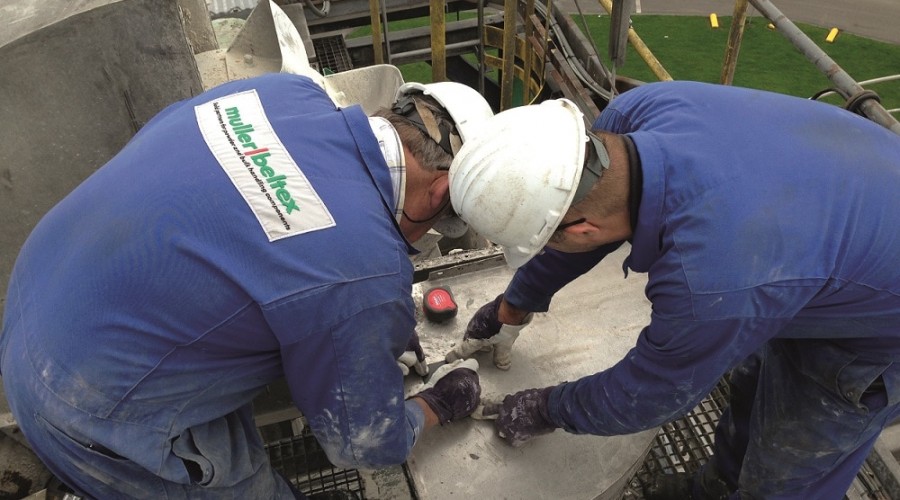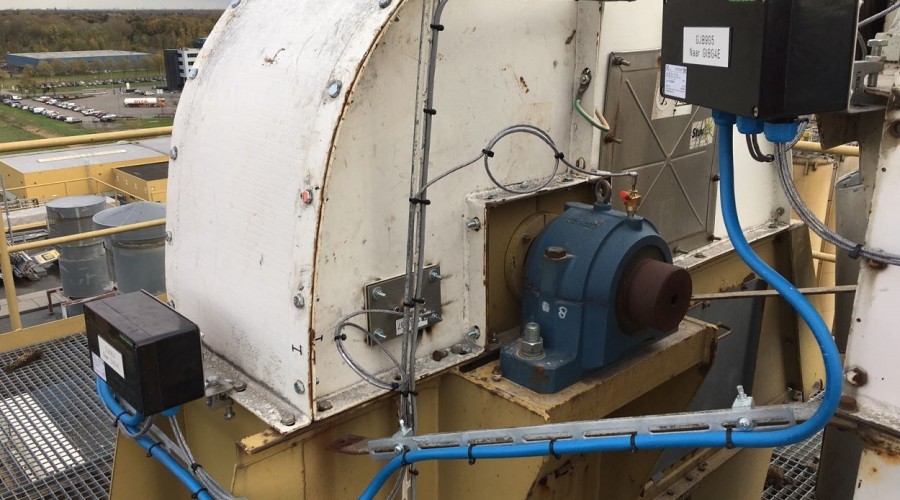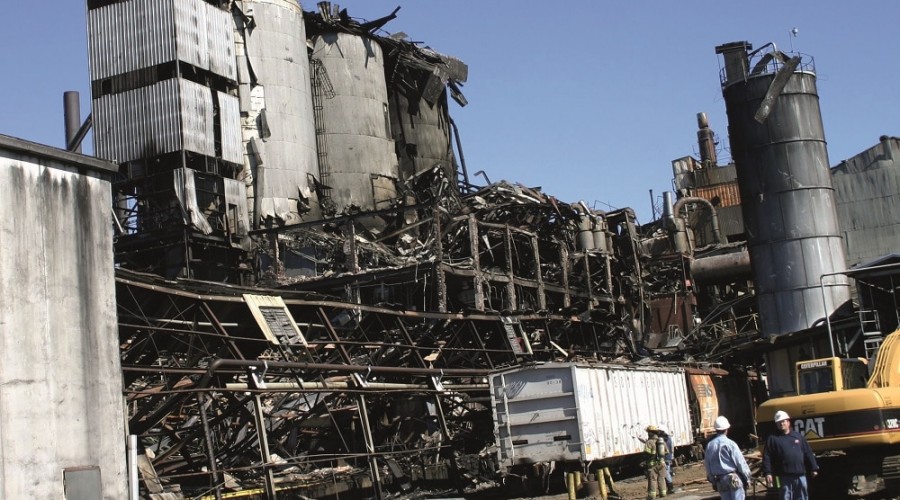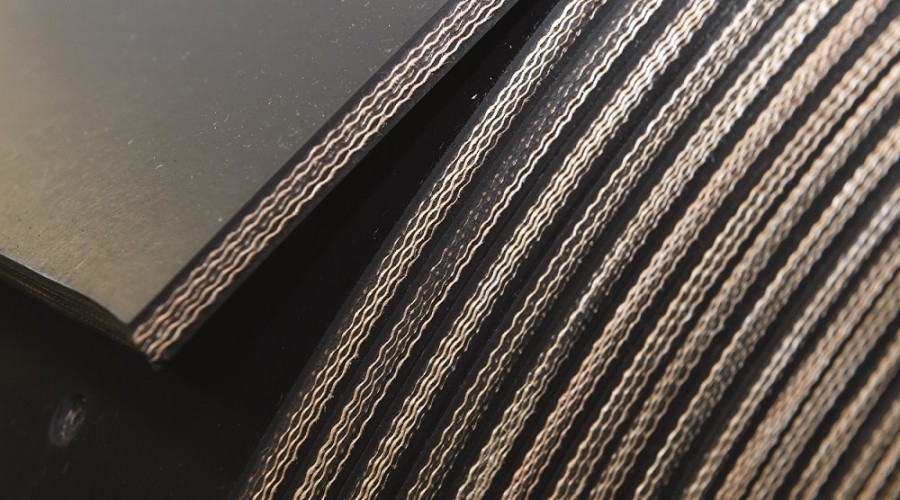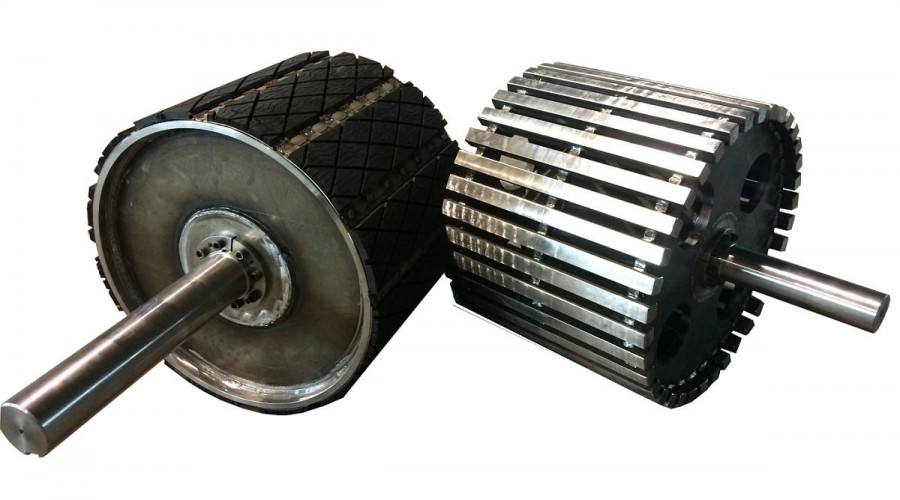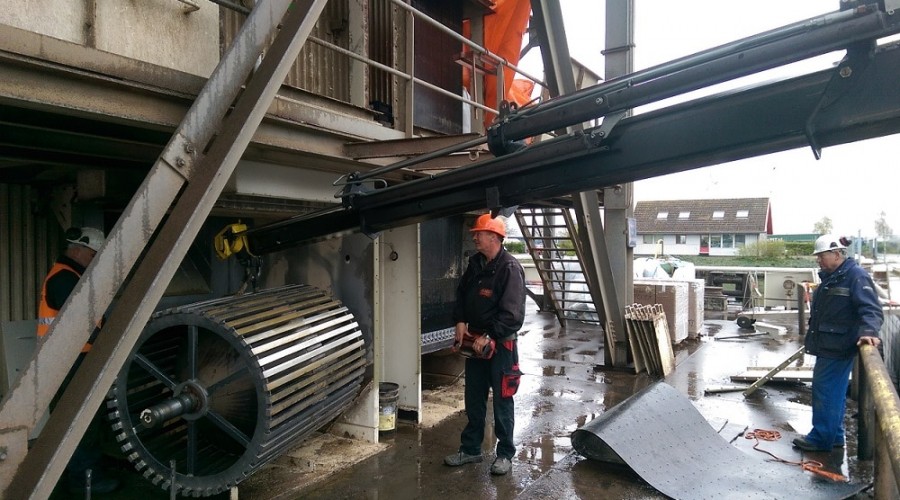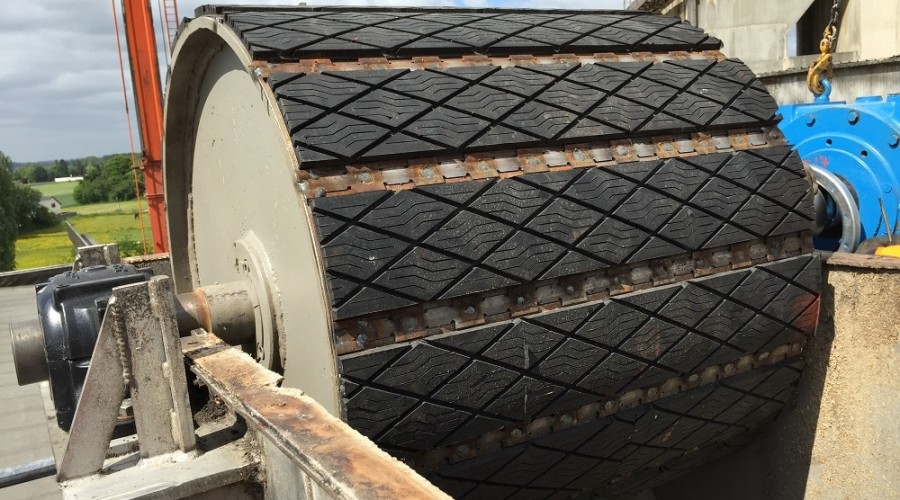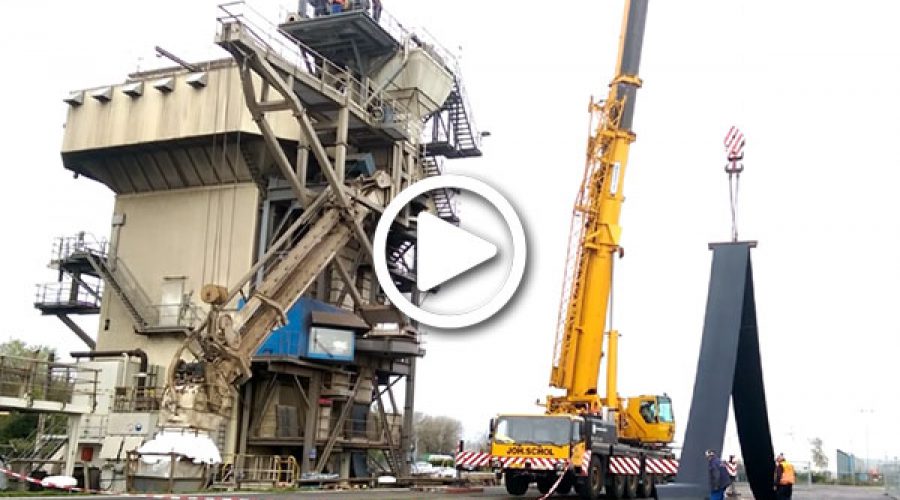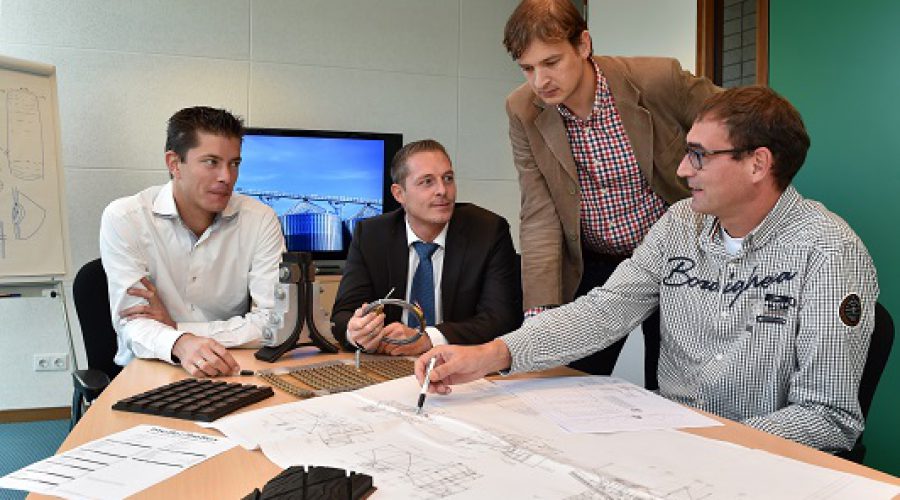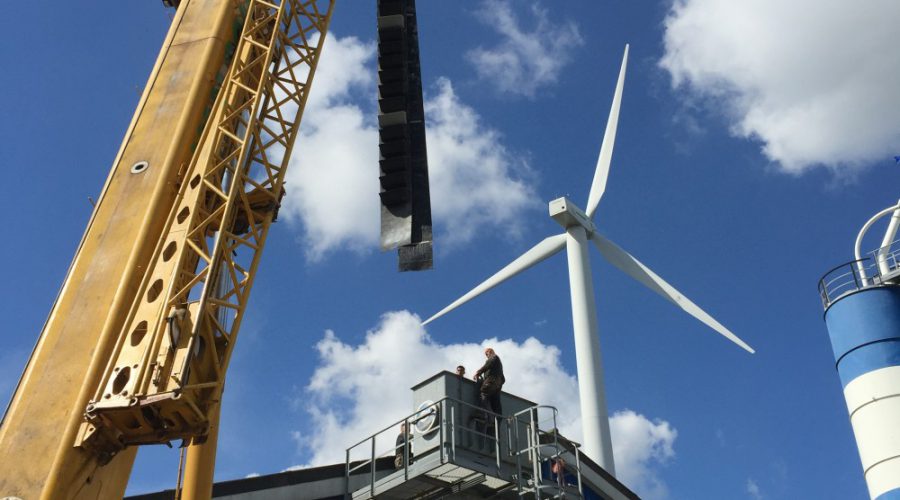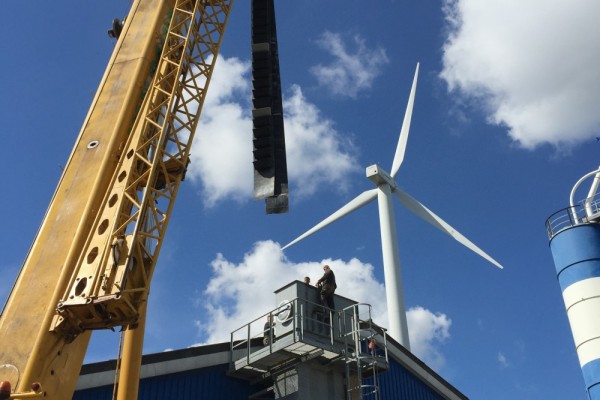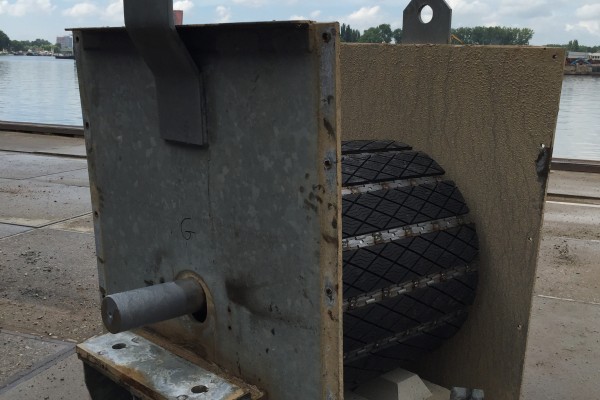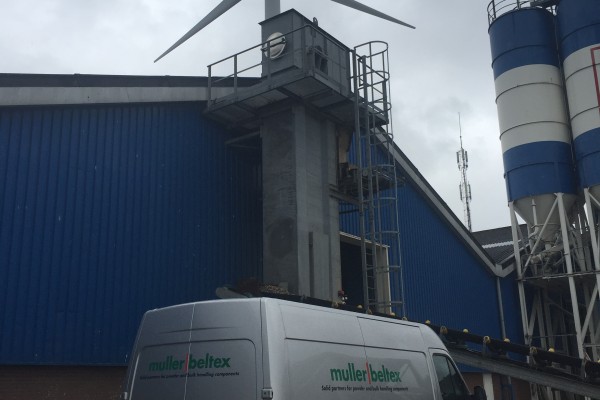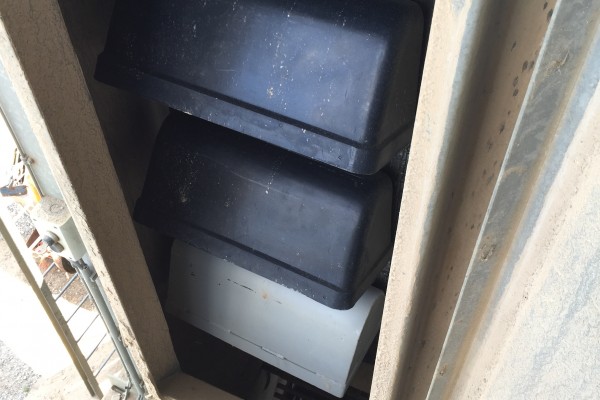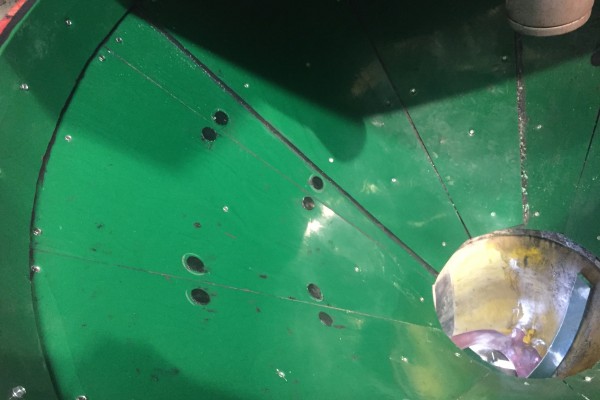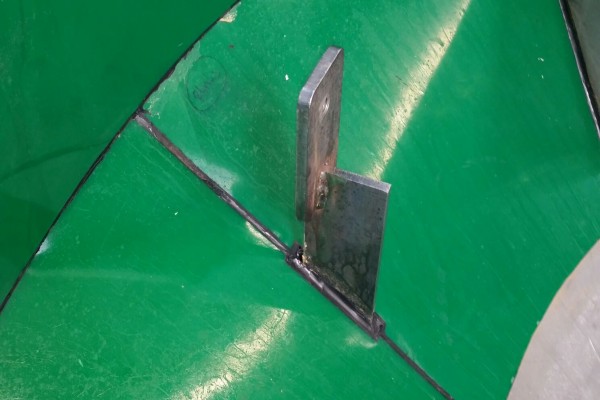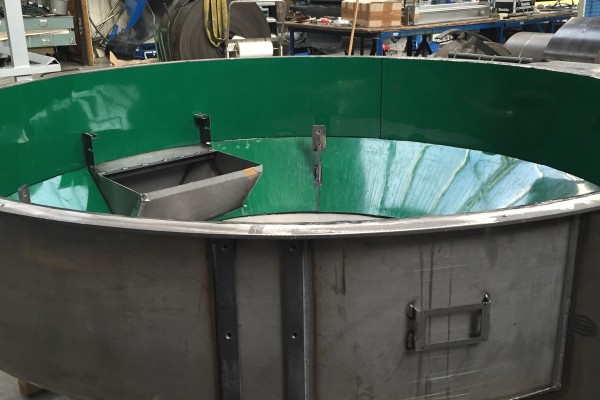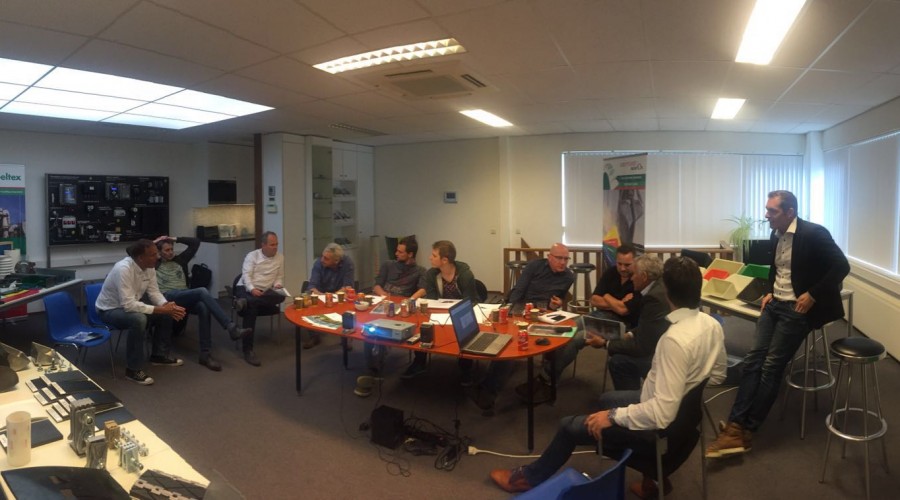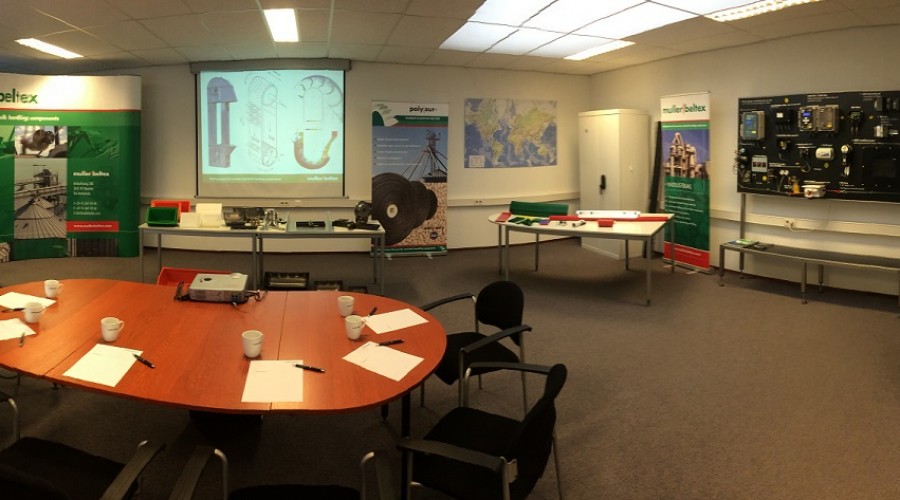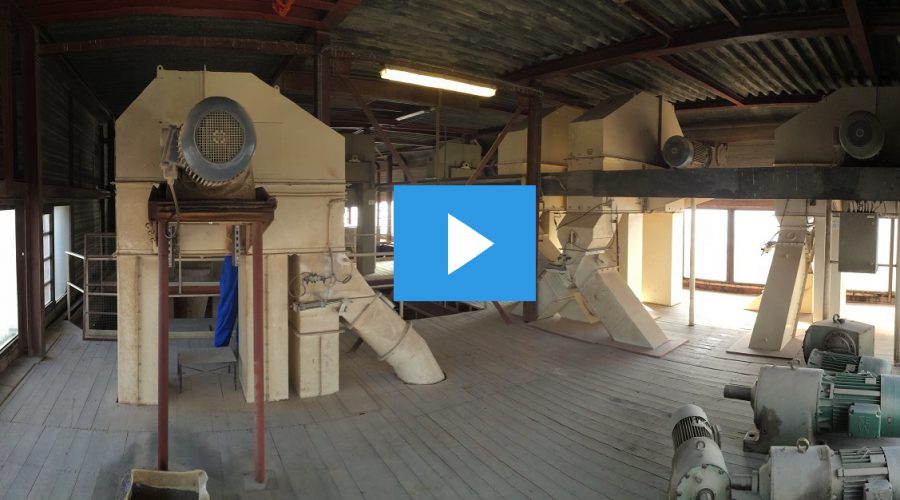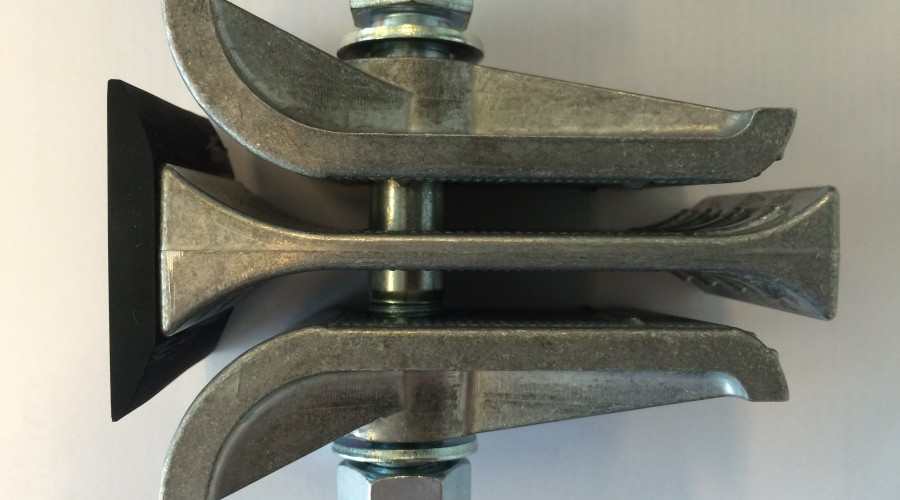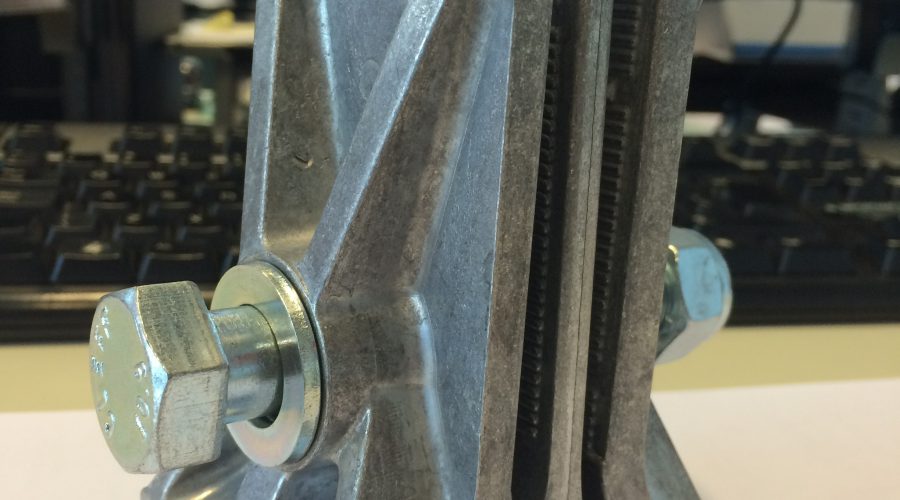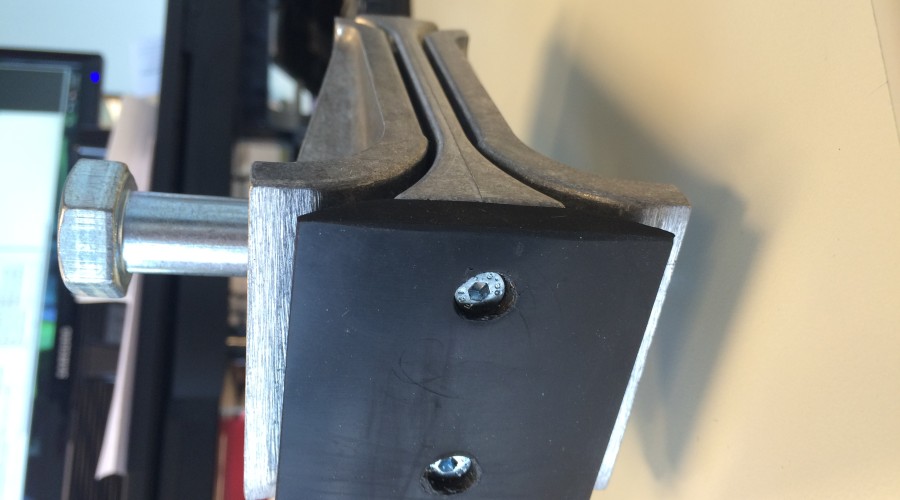This article provides 6 tips for making your installations reliable, durable and manageable. This will help extend the time between maintenance stops. The tips follow below; each tip is clickable.
- The right people
- To measure is to know
- Inspecting and testing
- Enhancing durability and optimisation
- Smart investing and repairing wisely
- Good documentation helps in emergency situations
1. The right people
Be sure that your staff consists of skilled people who are well-trained for managing and maintaining your installations. Due to a lack of knowledge and expertise, installations often are not optimally used and are prone to unnecessary stoppages, causing valuable production time to be lost. A good mechanic is capable of detecting problems at an early stage and to resolve them as quickly as possible. Our advice is that you do not economise on good people; they ultimately make the difference. By developing a maintenance protocol and by preventively maintaining your installations you reduce the probability of defects occurring during the production process.
2. To measure is to know
By frequently conducting inspections you acquire early insight into any dysfunctional system performance. Incorporating inspections into the maintenance protocol makes it possible to properly plan the execution of preventive maintenance. Unforeseen stoppages generally are the largest cost item. Due to production loss and the necessary ad hoc actions, the additional cost are anything but small. For example, the expensive overtime hours of your staff or temporary workers, and the delays incurred by trucks or ships because of the standstill in the flow of goods. Conducting inspections and acting effectively represents the first step towards preventive maintenance.
3. Inspecting and testing
Hi Rollers, chain conveyors and bucket elevators are enclosed systems. This means that not all of the activity within the installation is visible to the naked eye. On the other hand, heavy loads are often placed on these installations and they sometimes run 24/7 and at 500 MT/hour. In this situation it is important to measure activity carefully. High-risk conditions, such as misalignment, product spillage and wear and tear could form an explosion hazard.
By measuring the temperature of bearings you acquire insight into possible overheating of the bearings at an early stage. The PT100V3C bearing temperature sensor with a lubricating grease nipple was specially developed for precisely measuring universal bearing housings. Wear and tear, heavy loads, improper lubrication, etcetera, can cause a bearing to heat up to such an extent that it becomes a source of ignition for a potential dust explosion.
By installing a misalignment monitoring system, Rub-Block type RB200DN with a PT100 sensor, you immediately receive a signal as soon as the belt touches the sensor, which then transmits heat to the fail-safe PT100 sensor. This sensor is connected to the PLC system. This, combined with the bearing temperature allows you to control the wear and tear, overload or misalignment of the elevator belt.
Installing sensors that measure the flow of goods, sensors that monitor the installation, such as the bearing temperature, misalignment and slip, means that you will always be one step ahead of unexpected stoppages.
4. Enhancing durability and optimisation
The timely replacement of abrasion-resistant lining materials prevents permanent damage to and potential product spillage within the installation. Conducting checks enables you to make a sound assessment of the required activities. Frequently checking these areas enables you to make timely replacements. This generally makes it possible to schedule repairs in between costly production runs. Kryptane® / Blue-Ox® abrasion-resistant polyurethane liners are noise-attenuating and also offer a wear reduction solution. The development of a replacement system enables you to quickly replace abrasion-resistant lining materials at each location as a means of minimising stoppages. By keeping a spare set in stock you avoid any surprises.
5. Smart investing and repairing wisely
When you invest in durability, you will save money over the long run. When you settle on lower prices you will save money over the short term. The potential business risks and the additional repair cost associated with this generally quickly wipe out any gains made this way. This is therefore not cost-efficient. Smart investing also means, for example, that when you require a new drive pulley you select one that comes with a replaceable pulley lagging. The lining protects the basic pulley and the elevator belt and can easily be replaced on-site using in-house staff. In addition, when there is a need to replace a bearing, it is smart to replace the bearings on both sides at the same time and to check the shaft for signs of wear and tear. When you replace only one bearing as a corrective measure, there is the possibility that you will need another stoppage to replace the second one a little while later. The cost of a bearing is insignificant in comparison to the labour and stoppage cost incurred to replace both bearings on separate occasions. When you acquire a high-quality conveyor or elevator belt, the probability is high that it will have a longer service life. You will then save on labour cost over time. By investing in the right fastener, the belt’s service life can sometimes be extended by many years. Furthermore, this prevents the pulleys from being damaged.
6. Good documentation helps in emergency situations
When you properly document your installation and the associated components and incorporate them into a maintenance plan, you will be able to act more quickly when unexpected problems arise. By means of keeping the right stock of spare parts and making a reliable prognosis you avoid the need for spending hours looking for the right part for the relevant installation. This also enables you to forward the right information to your supplier in case the supplier maintains this stock on your behalf. When you maintain precise information for each bucket elevator about the bolt hole pattern, the bucket, the fastener, length, breaking strength, etcetera, we can immediately get down to work for you and you avoid wasting unnecessary time looking for information.
With our Total Cost of Ownership (TCO) approach, we help you save money over the long term and to reduce unforeseen operating risks. Contact a Muller Beltex specialist for an appointment. This does not cost you anything and you always leave that much wiser.
